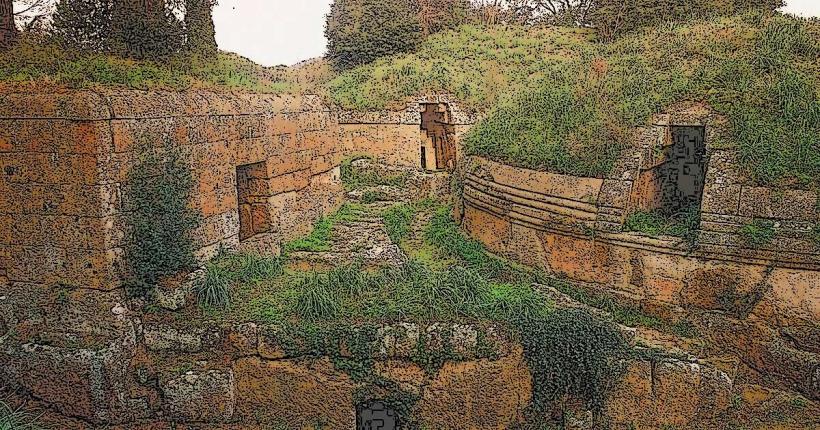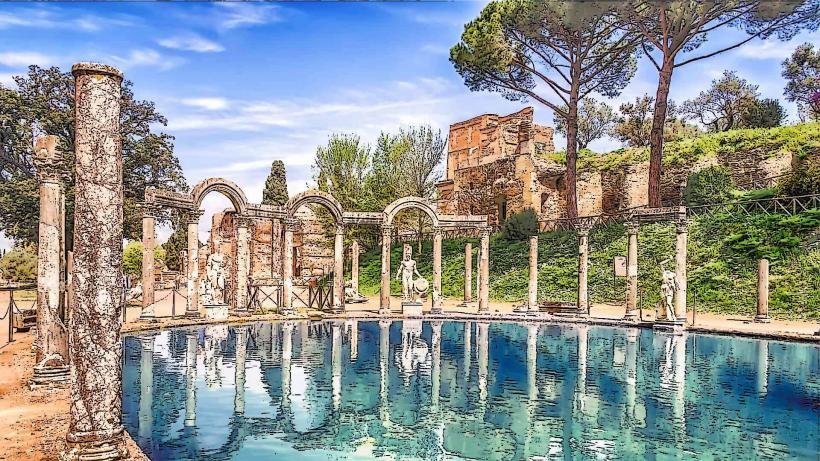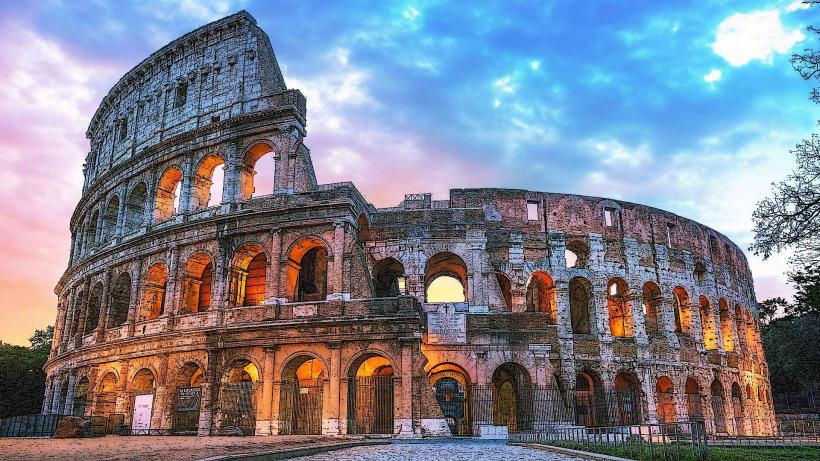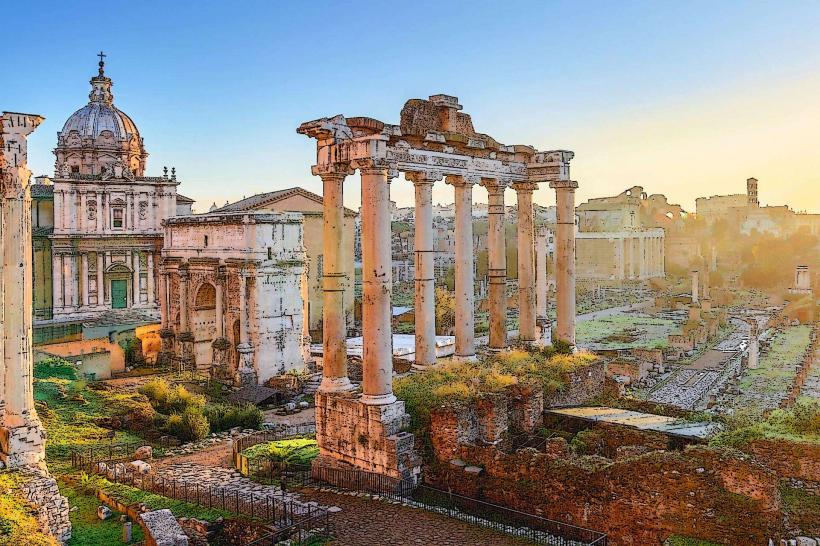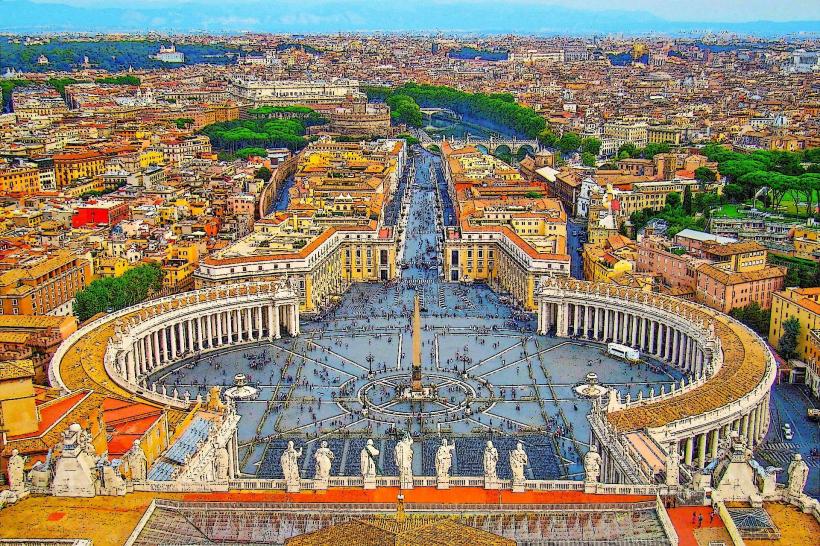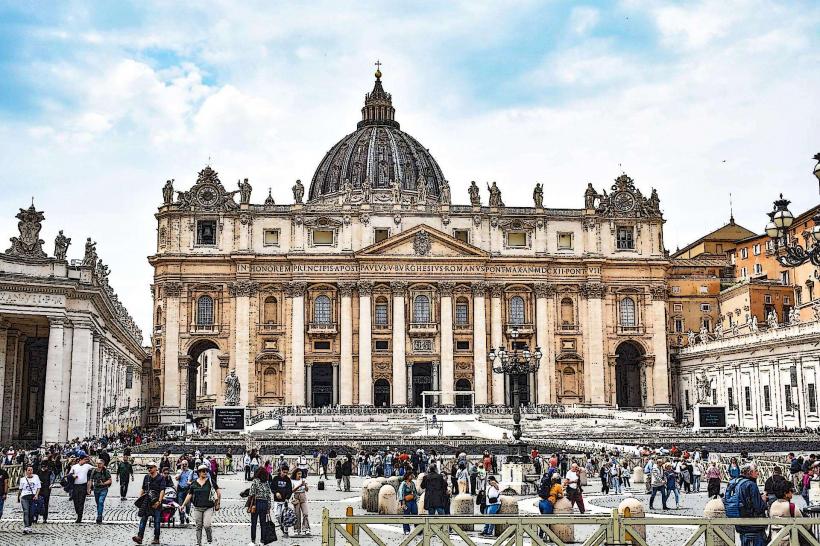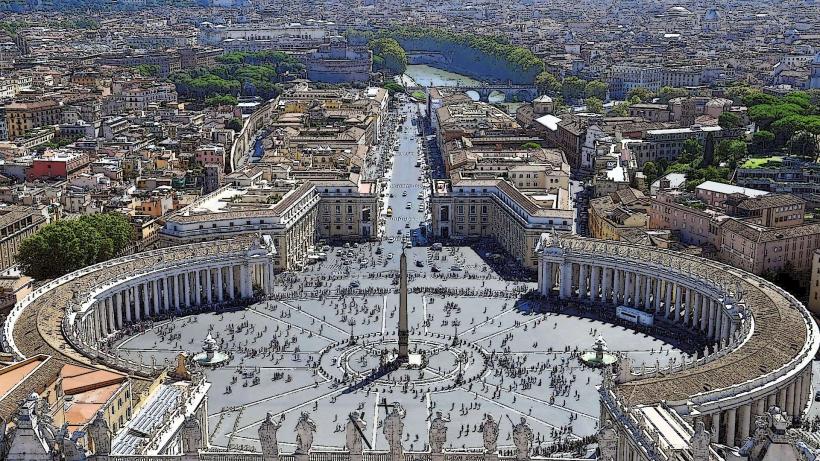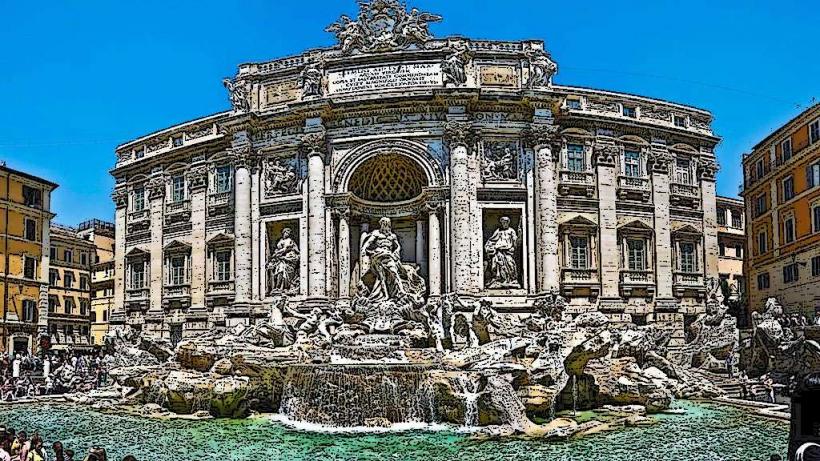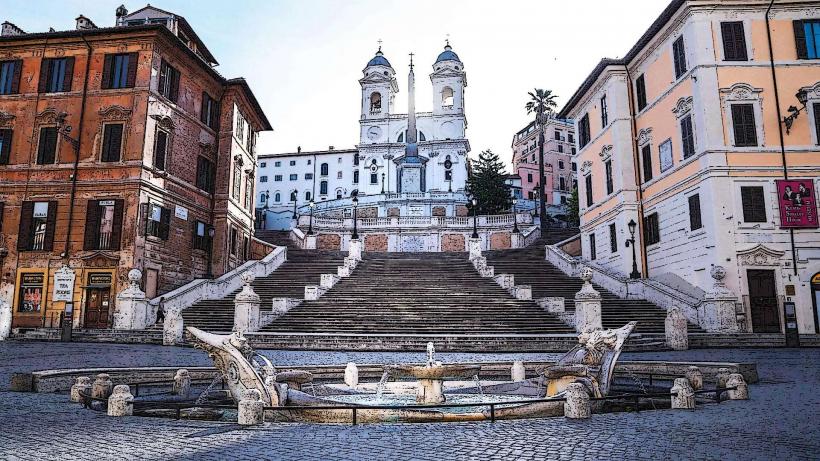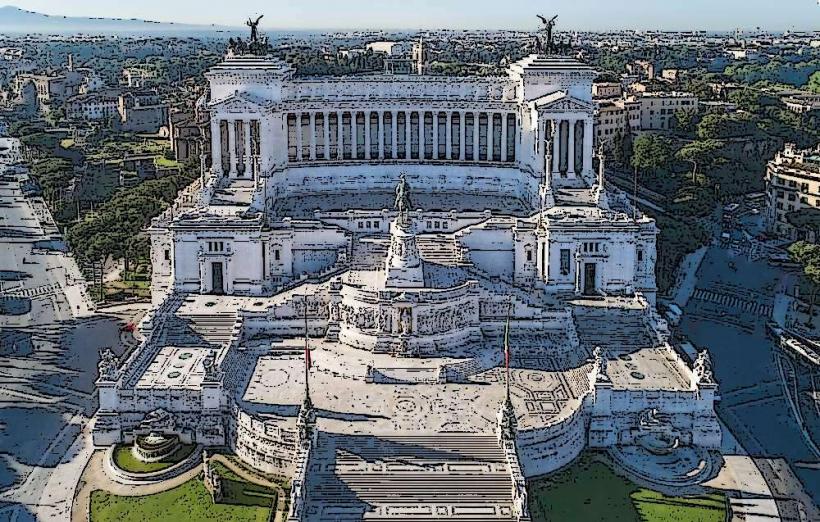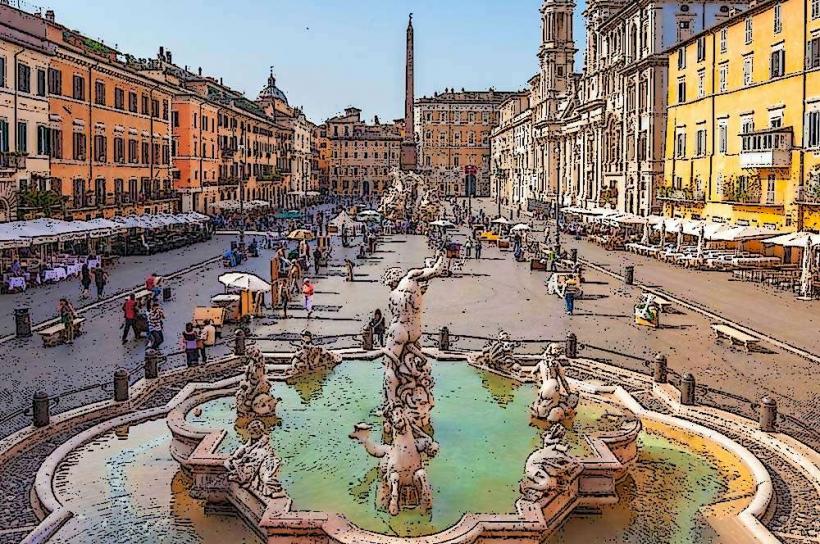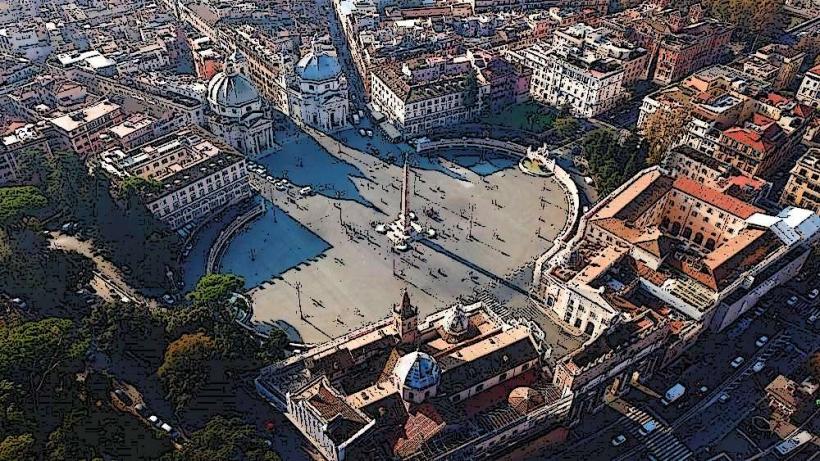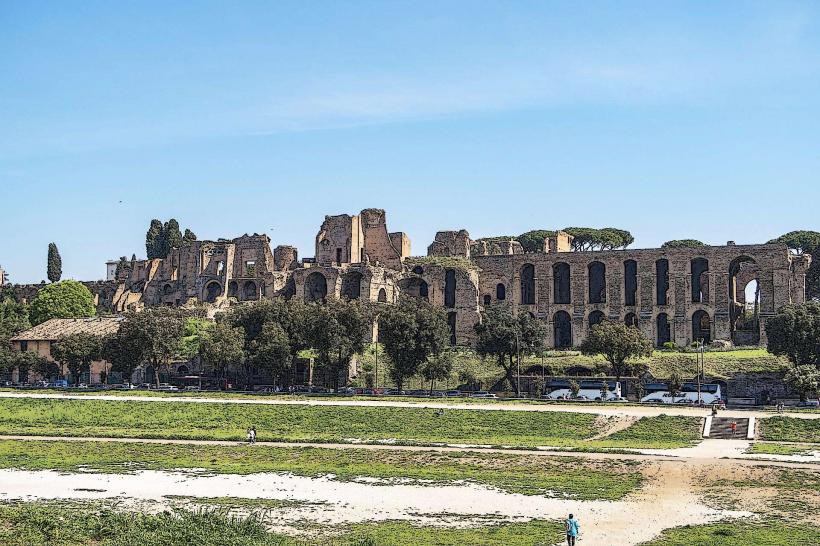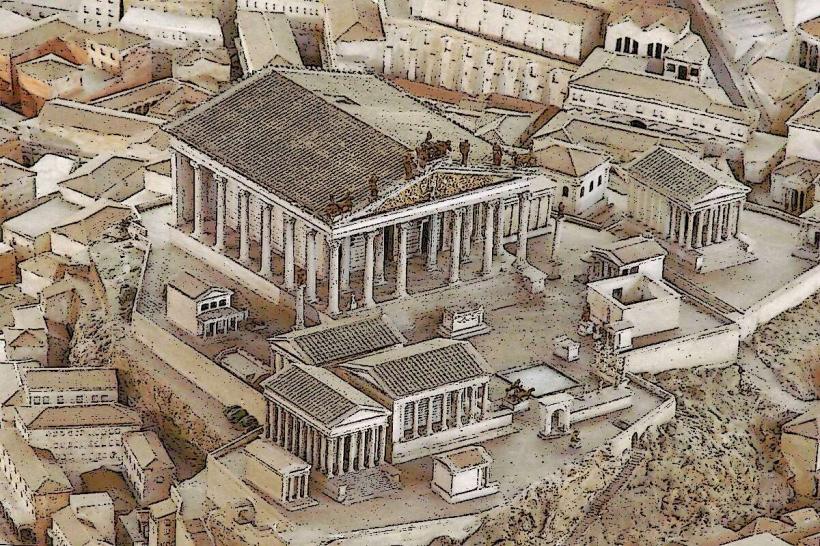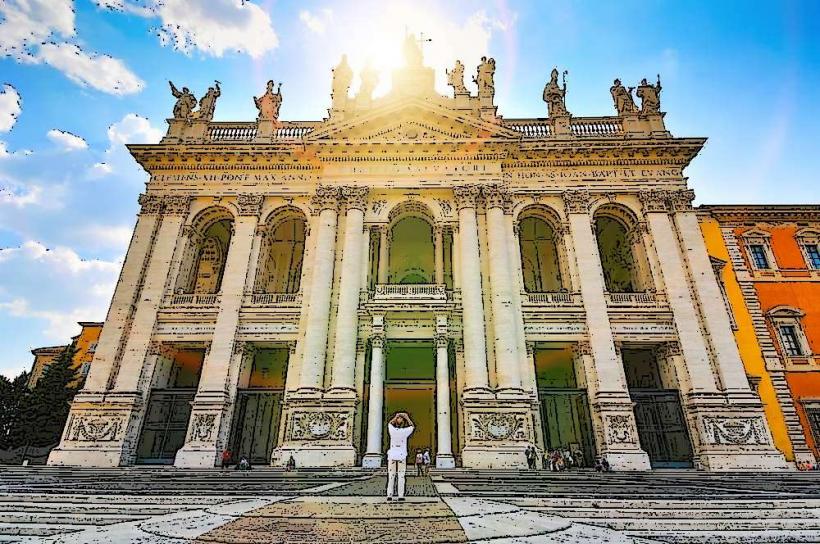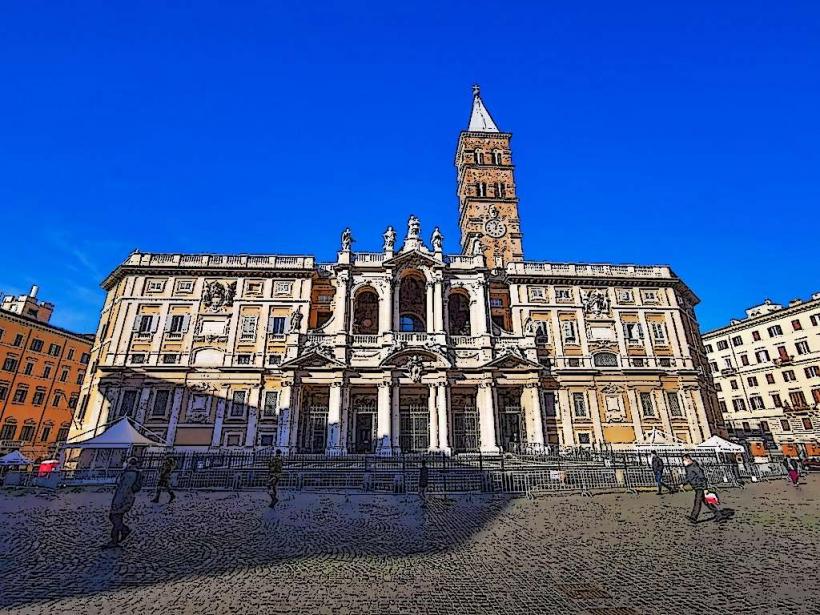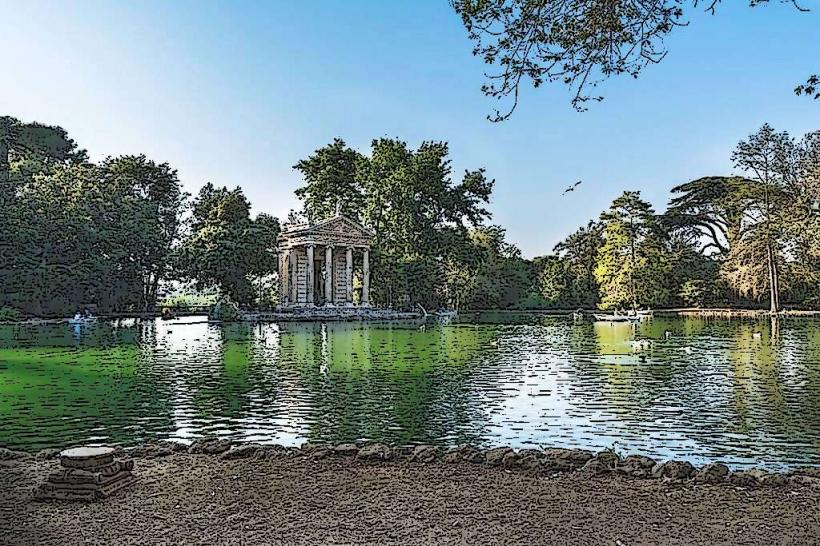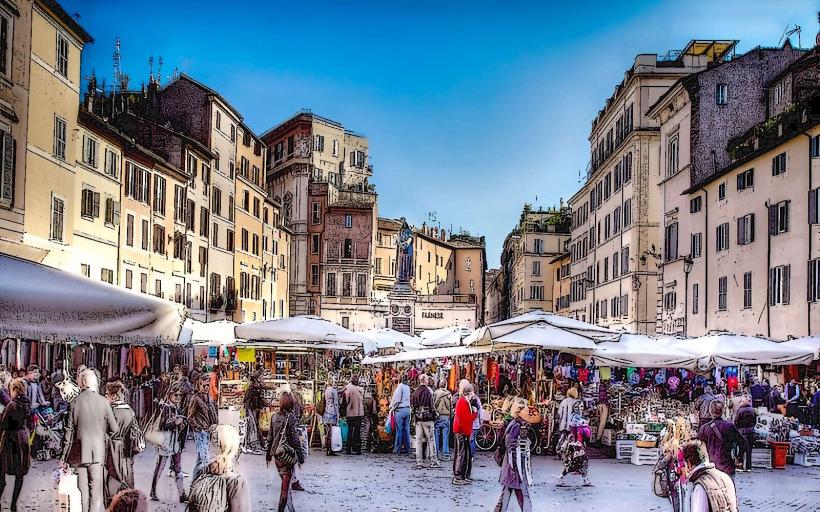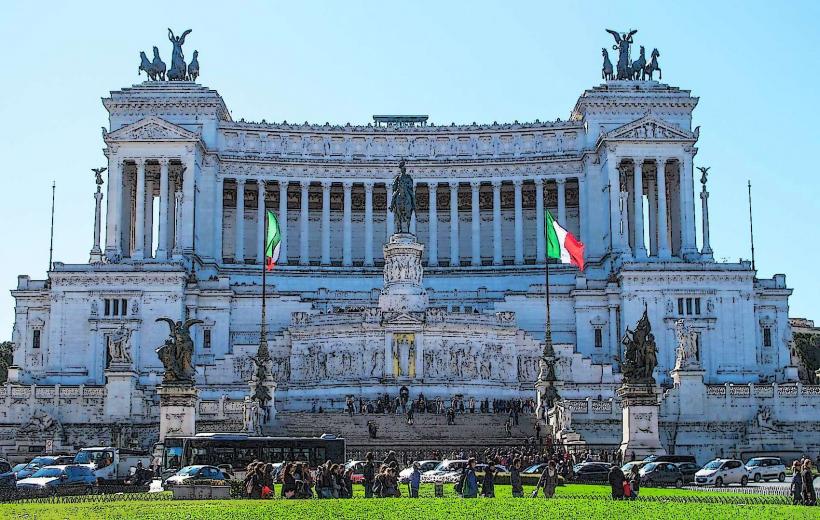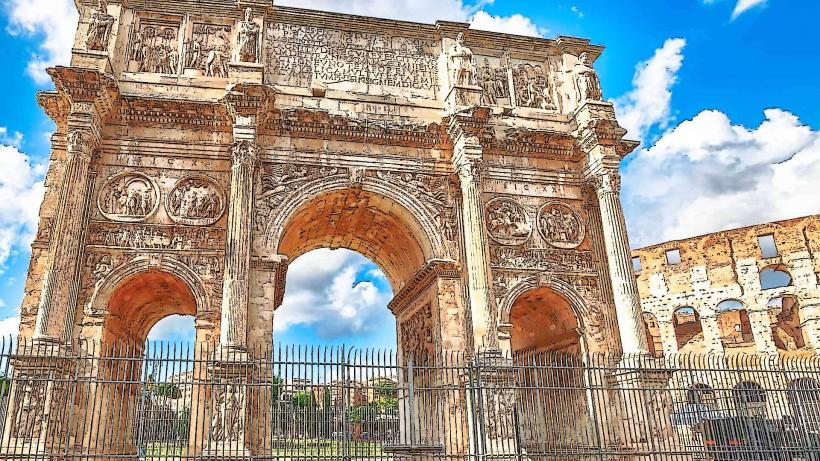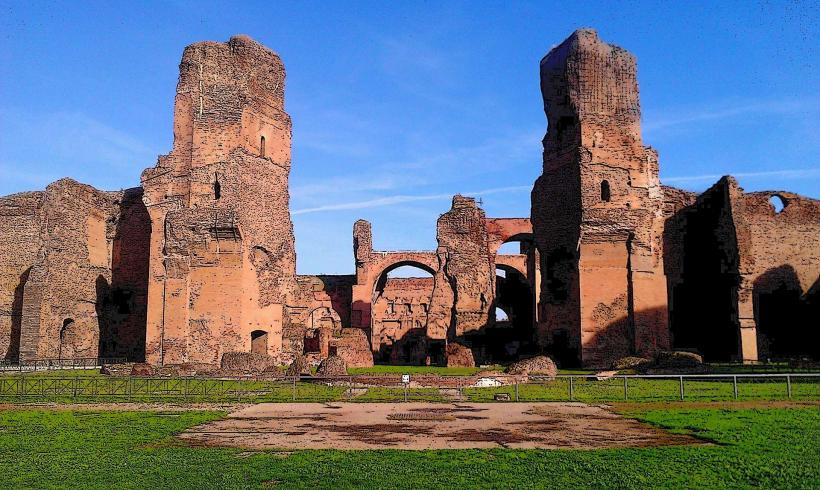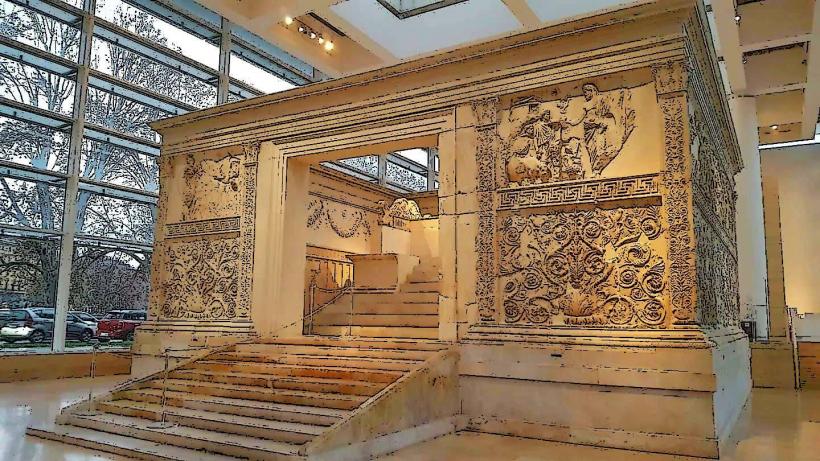Information
Landmark: Bocca della VeritaCity: Rome
Country: Italy
Continent: Europe
The Bocca della Verità (Mouth of Truth) is a striking and historically significant monument located in the portico of the Church of Santa Maria in Cosmedin, a church in Rome. It has been one of the most enduring symbols of Roman history, blending legend, art, and architectural history into a fascinating piece of cultural heritage. Let's delve into more detailed aspects of its origin, design, function, and cultural significance.
1. Historical and Cultural Context
The Bocca della Verità is believed to date back to the 1st century BCE, during the Roman Republic or the early days of the Roman Empire. While its exact origin is debated, many scholars suggest that it may have originally been part of a larger ancient Roman fountain or a water-related structure, possibly a manhole cover, which would have been used as a part of the drainage system in ancient Rome. There is also speculation that it may have served a decorative purpose in a temple or public building.
The mask’s design and the idea of its mouth as a “truth detector” emerged during the medieval period, when it became associated with a superstition that it would reveal whether someone was lying. This myth grew during the Middle Ages, when public trials and judicial proceedings were often conducted in public spaces, and people believed the mask could act as a type of trial by ordeal, where an accused person’s hand would be placed in the mouth to see if it would bite them off for telling a lie.
2. Design and Materials
- Material: The Bocca della Verità is made from marble, a material highly valued in Roman architecture and sculpture. The mask is large, with a diameter of approximately 1.75 meters (5.7 feet), which gives it a commanding presence.
- Style: The face depicted on the Bocca della Verità is a stylized, idealized human face, with detailed eyes and a broad mouth, carved with remarkable precision. The facial features are somewhat generic and have been interpreted as a typical Roman depiction of a deity, possibly a god of the sea or rivers, considering its potential connection to Roman waterworks.
- Features: The most notable aspect of the mask is the large, gaping mouth, which invites visitors to test the old myth of whether it can bite off the hand of a liar. The eyes of the mask are hollow and wide, which contributes to the mask's eerie and menacing expression.
3. Myth and Legend
The Bocca della Verità is most famous for the legend that surrounds it. According to this myth, the mask would punish those who told lies. The idea was that if a person were to place their hand inside the mouth and speak falsely, the mask would immediately close its mouth and bite off their hand. In medieval times, this notion gave rise to the belief that the mask was some kind of judicial instrument used to determine the truthfulness of individuals in trials or disputes.
The myth has undoubtedly contributed to the mask’s fame, and people still visit the Bocca della Verità to test their own honesty, making it one of the most iconic and frequently visited spots in Rome. However, it should be noted that there is no evidence to suggest the mask was ever intended to be a “lie detector” in ancient Roman times; rather, it is more likely to have been a decorative or symbolic feature related to Roman public architecture.
4. Historical Significance
The Bocca della Verità's connection to ancient Roman engineering and public works is significant. It is likely a leftover fragment from a large public structure, possibly a fountain or a manhole cover for a drainage system that was part of Rome's advanced water infrastructure. The Romans were experts in hydraulics, constructing vast networks of aqueducts and sewage systems that were a hallmark of Roman urban planning. Some scholars suggest that the Bocca della Verità may have originally been used as part of a system that channeled waste or rainwater away from public spaces.
Its exact function, however, is not fully known. The mask's size, and its association with water features in Roman cities, hints that it may have been related to a symbolic or mythological role, rather than simply serving a utilitarian function.
5. The Church of Santa Maria in Cosmedin
The Bocca della Verità is located in the portico of the Church of Santa Maria in Cosmedin, a relatively humble church in the center of Rome. The church itself has a history dating back to 8th century CE, though the building was largely reconstructed in the 12th century.
The placement of the Bocca della Verità in front of the church speaks to the fact that the site was historically a popular gathering place for pilgrims, travelers, and locals. Its proximity to the Roman Forum and other civic spaces indicates that it was once in a highly trafficked area of the city. Over time, as the church became more prominent, the mask became an integral part of its identity and a symbol for those passing by.
6. The Bocca della Verità in Popular Culture
The Bocca della Verità gained international fame in the 20th century after its appearance in the classic 1953 film Roman Holiday, starring Audrey Hepburn and Gregory Peck. In the film, Peck’s character, pretending to be a journalist, tests the legend of the mask by placing his hand inside it and pretending to be afraid of it. Hepburn’s character then places her hand in, and they share a humorous moment of interaction. This scene solidified the Bocca della Verità’s place in popular culture as a symbol of truth and playful honesty.
Since then, the Bocca della Verità has been referenced in other films, books, and television shows. It has become a quintessential tourist attraction in Rome, with visitors lining up to test their own fate, even though the myth of the mask is not taken seriously anymore.
7. Visiting the Bocca della Verità Today
Today, the Bocca della Verità is an essential part of Rome's rich tapestry of historical landmarks and is one of the most visited sites in the city. Visitors come to test the famous myth, take photos, and admire the craftsmanship of this ancient piece of art. The Church of Santa Maria in Cosmedin, where the mask is located, also houses several other historical relics, including the Pillar of St. Valentine, making the church itself a worthwhile stop on any Roman itinerary.
The mask continues to attract attention not just for its historical significance, but also for its connection to centuries of art, myth, and storytelling. The Bocca della Verità serves as a poignant reminder of the enduring power of myth and legend in shaping cultural identity.
Conclusion
The Bocca della Verità is a masterpiece of ancient Roman art and engineering, whose rich blend of myth, history, and architectural function makes it one of Rome's most iconic landmarks. Whether you believe in the legend of the truth-telling mouth or simply marvel at its craftsmanship and history, the Bocca della Verità remains a powerful symbol of Rome’s timeless allure.

